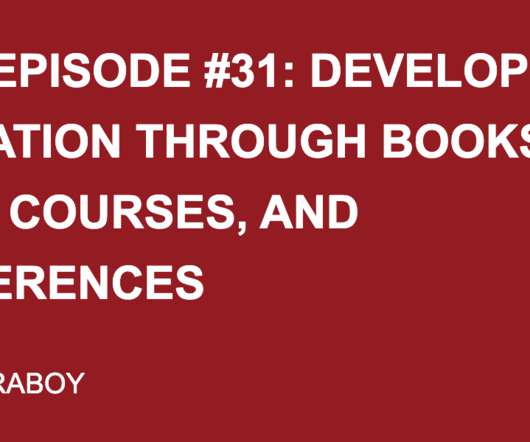Explore Autonomous Cloud Management at an Autonomous Cloud Lab
Dynatrace
SEPTEMBER 16, 2019
Dynatrace news. The path to Autonomous Cloud Management (ACM) and NoOps is a transformational journey that reaches all parts of an organization. It fundamentally changes how teams and tools work together with a common goal: deliver software faster, more frequently and with a higher degree of quality. If you want to read more about what ACM is and how it came to be, please check my other blog post where I talk about the concepts and Dynatrace’s own journey.













Let's personalize your content